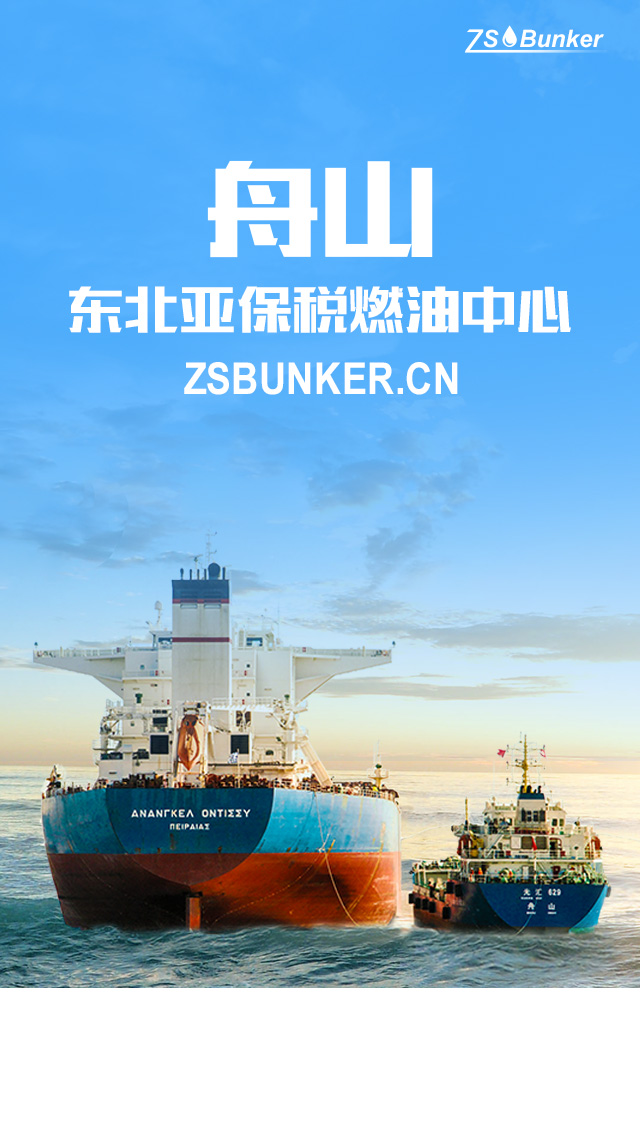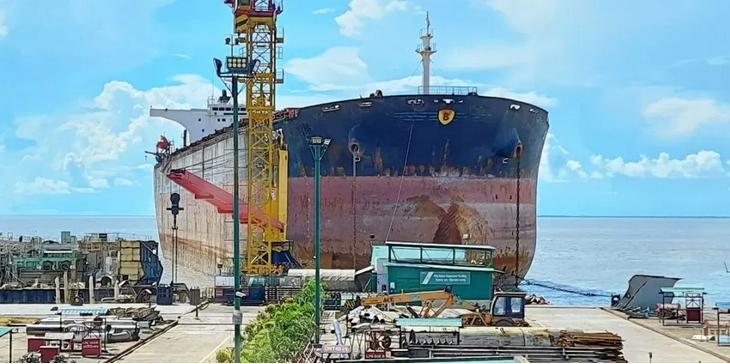《装卸时间与滞期费》第6版
CHAPTER 3 第3章
Commencement of laytime 装卸时间的起算
3.37 In a similar vein, in North River Freighters Ltd v. President of India, Jenkins LJ drew a distinction between port and berth charters, saying about the latter:
whereas in the case of a berth charter (that is to say, a charter which requires the vessel to proceed for loading to a particular berth either specified in the charter or by the express terms of the charter to be specified by the charterer) lay days do not begin to run until the vessel has arrived at the particular berth, is ready to load, and has given notice to the charterer in manner prescribed by the charter of her readiness to load.
Notwithstanding that in the absence of a provision accelerating the commencement of laytime, notice of readiness cannot be tendered before arrival in berth, there is no obligation on a charterer to berth a vessel in strict turn of her arrival.
3.37同样情况,在 North River Freighters Ltd v. President of India一案中,Jenkins大法官针对港口租船合同与泊位租船合同进行了区别,关于泊位租船合同,他阐述如下:
鉴于这个泊位租船合同(也就是说,为了装货,要求船舶驶往一个要么是合同中规定的,要么是根据合同中的明示条款由承租人指定的一个具体的泊位的租船合同)的案例,只有当该轮已抵达了那个具体的泊位并做好了装货的准备,而且已经按照租船合同中所规定的方式向承租人递交了准备就绪通知书后,装卸时间方可起算。
尽管如此,在没有提前起算装卸时间条文情况下,在抵达泊位之前船舶还不能递交准备就绪通知书,承租人就没有义务严格按照先后顺序安排船舶靠泊。
3.38 In The Handy Mariner, the Court of Appeal held on appeal from a GAFTA tribunal that a sale contract providing for c.i.f. free out Lorient with a discharging rate should be construed as a berth charter provision notwithstanding that, had the contract been construed as a charter, it would have been held to be a port charter.
3.38在The Handy Mariner—案中,来自GAFTA仲裁庭的上诉案例,买卖合同中还以CIF和不负责在法国Lorient港卸货的价格条款并规定了卸货速率,法院判决是应该解释为泊位租船合同条文,尽管如此,如果该合同能够是被解释成一份租船合同的话,此合同就应该是港口租船合同。
3.39 Occasionally disputes arise as to when a vessel arrived at a particular berth, usually when there has been some delay between the first line being passed and completion of the mooring process. Clause 14 of the Shellvoy 3 form of charter (which unlike most tanker charterparties is a berth charter) requires the vessel to be securely moored before laytime can commence and this, it is suggested, would be the position in any event. Taking the point one stage further, however, what this means is that the vessel must be secured by sufficient mooring lines to enable the safe working of cargo. In some ports at certain times of the year, or when adverse weather is expected, additional heavier lines are added a little while after the vessel’s arrival. These are sometimes referred to as ‘‘hurricane hawsers’’ but normally these are an additional precaution and not part of the usual mooring process. The vessel therefore arrives in berth when the normal mooring lines are secured.
3.39通常在船舶第一根缆上岸与系泊结束之间有一段延迟时间,就这一情况,关于船舶何时才算抵达具体的泊位,有时还会产生争议。Shellvoy 3租船合同格式范本中的(它不同于众多油轮租船合同,是一个泊位租船合同)第14条款规定:在装卸时间能够开始起算以前,船舶必须牢固地系泊。而这一点,这建议,应是任何情况下的立场。然而,如果更进一步探讨就会发现,这句话的意思是船舶必须用足够多的缆绳固定以保证安全地装卸货作业。在一些港口,每年的特定时间内或者预计有恶劣天气时,就会要求在船舶抵达稍后立刻增加一些加强缆。有时把这些做法称为‘飓风缆’,但通常只算作额外的预防措施,不属于正常系泊程序的一部分。因此,船舶只要按正常程序安全牢靠地系妥,就算是已抵达了泊位。

《装卸时间与滞期费》购买链接(点击可购买)
海运圈聚焦专栏作者 魏长庚船长(微信号CaptWei)

 2018-12-06
2018-12-06 1425
1425 













